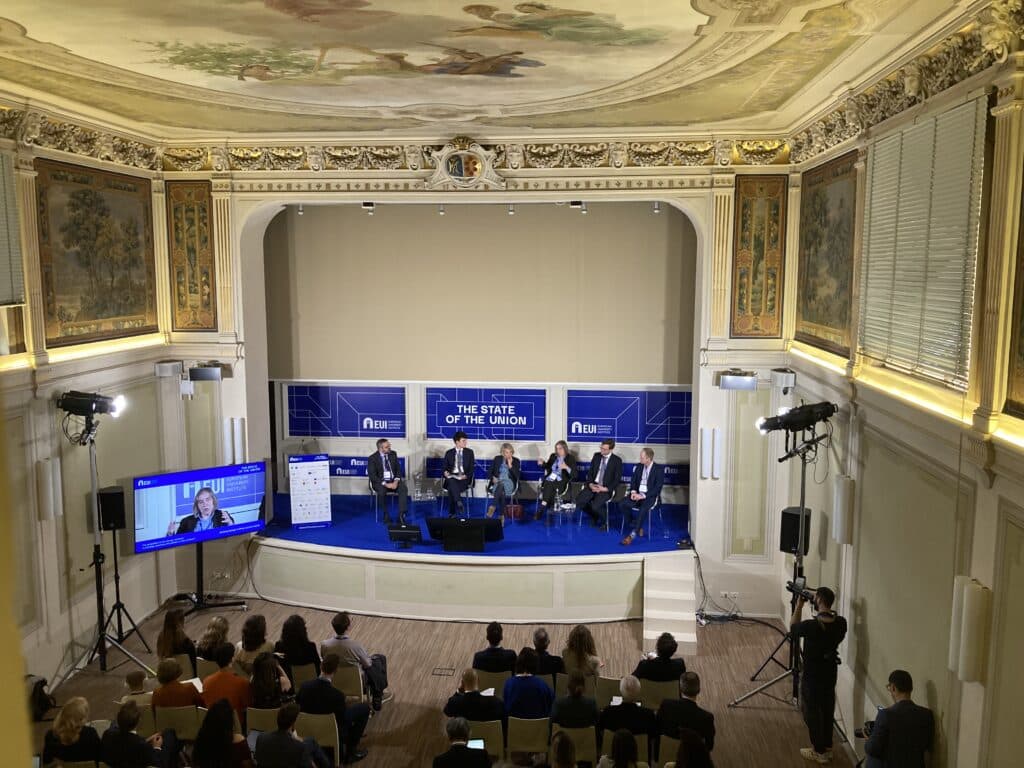The state aid sector inquiry into electricity capacity mechanisms: what is in the interim report of 13 April 2016?
On 29 April 2015, the Commission exercised its State aid powers by launching the first ever sector inquiry into the different (electricity) capacity mechanisms currently being considered or implemented by several Member States. In essence, capacity mechanisms are just another form of state-driven support which compensates (mainly) generators for their capacity, that is, their availability to produce energy at some point in the future. It is interesting to note that the inquiry was opened after the Commission gave the green light to the UK to proceed with its own mechanism, on the 23 July 2014, without raising serious doubts as to the legality of the mechanism notified.
The sector inquiry concerns 11 Member States (Belgium, Croatia, Denmark, France, Germany, Ireland, Italy, Poland, Portugal, Spain and Sweden). They have been chosen based on the representativeness of the mechanism design they consider and because of the potential distortions it would create in the internal market. The interim report does not directly address the application of the rules on state aid. It is more a “fact finding” exercise, which will be somewhat disappointing for the informed reader. Nonetheless, the interim report calls for a few remarks.
First, more than half of the Member States considered in the inquiry, according to the Commission, have not used any robust methodology allowing them to precisely define their future capacity needs, before considering, or even implementing, a support mechanism. The existence of a demonstrated need will play a role when the Commission will analyse the compatibility of the notified measure with the internal market. More fundamentally, the absence of a robust and harmonised methodology for defining capacity adequacy requirements, at least at the regional level, is an obstacle to cross-border cooperation on security of supply.
Second, the Commission has rightly been less than convinced by the mechanism designs foreseen in several Member States. It must be recalled that, if a wide variety of mechanism designs are possible, they all raise one central question: should the state centrally define the price and/or the quantity of procured capacities, or should a market mechanism, such as auctions, be favoured? Mechanisms involving a high degree of state intervention will be most likely to achieve their intended outcome, but at what cost? The Commission, in the interim report, is particularly harsh on mechanisms involving centralised capacity price setting. Capacity mechanisms involving recourse to market forces for setting prices and/or quantities might be more efficient in theory, but might also create new opportunities for anticompetitive behaviours. It is interesting to note in this regard that, at this stage, the Commission does not seem to have further investigated the potential antitrust issues, in particular abuses of dominance, raised by the different mechanisms. However, it was mentioned that the choice of design had to depend on the particular adequacy problem at hand, as well as the market structure.
Third, the Commission has rightfully pointed out that it is fundamental that Member States make the right diagnosis as regards their capacity needs, so as to be able to define whether least distortive alternatives exist. Different alternatives do indeed exist; for instance, enhanced demand-side management, an increase in interconnection capacities or better balancing markets. They all have their own potential and complexities.
Fourth, the Commission has heavily insisted on the necessity to allow cross-participation and technology-neutrality. Restrictive eligibility criteria tend to reduce competitive pressure within capacity mechanisms and create a risk of over-compensation. In this context, the Commission was right to pinpoint that discrimination can be explicit or implicit, certain eligibility requirements amounting to de facto barriers to entry. Annex II of the staff working document accompanying the interim report raises certain ideas which could facilitate cross-border participation, while acknowledging the technical difficulties. In addition, the capacity mechanisms studied in the report are often focused on the objective of avoiding existing plants exiting the market, rather than attracting new investment. There is therefore a risk that additional mechanisms will be added, within one Member State, to the first one previously implemented.
The interim report and the staff working document are open for consultation until the 6 July 2016. Reactions might be numerous. In the meantime, our next post will focus on the substantive legal issues raised by electricity capacity mechanisms with regard to EU state aid control.
Written by Adrien de Hauteclocque
Adrien de Hauteclocque was editor and contributing author of the recent publication ‘Capacity Mechanisms in the EU Energy Market: Law, Policy, and Economics’.






